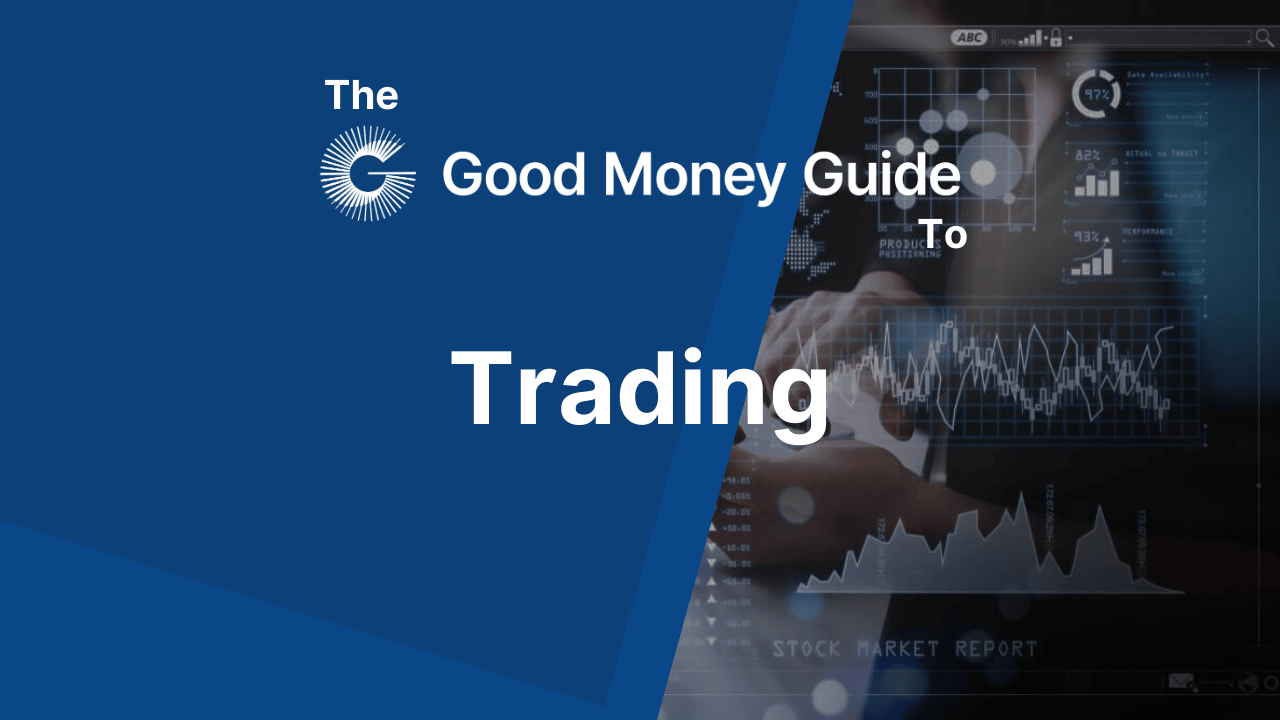Using Volume and Market Sentiment Indicators
Volume and market sentiment indicators are essential tools for traders to gauge the strength of price movements and the overall mood of the market. By analyzing volume, traders can confirm trends or reversals, while sentiment indicators provide insight into how investors feel about a particular market or asset. Combining these tools with other technical analysis methods can enhance decision-making and improve trade timing.
Volume
Volume refers to the number of shares, contracts, or units traded in a given time period. It reflects the level of market activity and can signal the strength or weakness of a price movement.
How Volume Works:
High ...
Please register or log in to continue...
Become a better, more informed investor with Good Money Guide. Our expert, exclusive educational courses provide the sort of information that everyone, from first-time investors to experienced professional traders, can learn to profit from.

